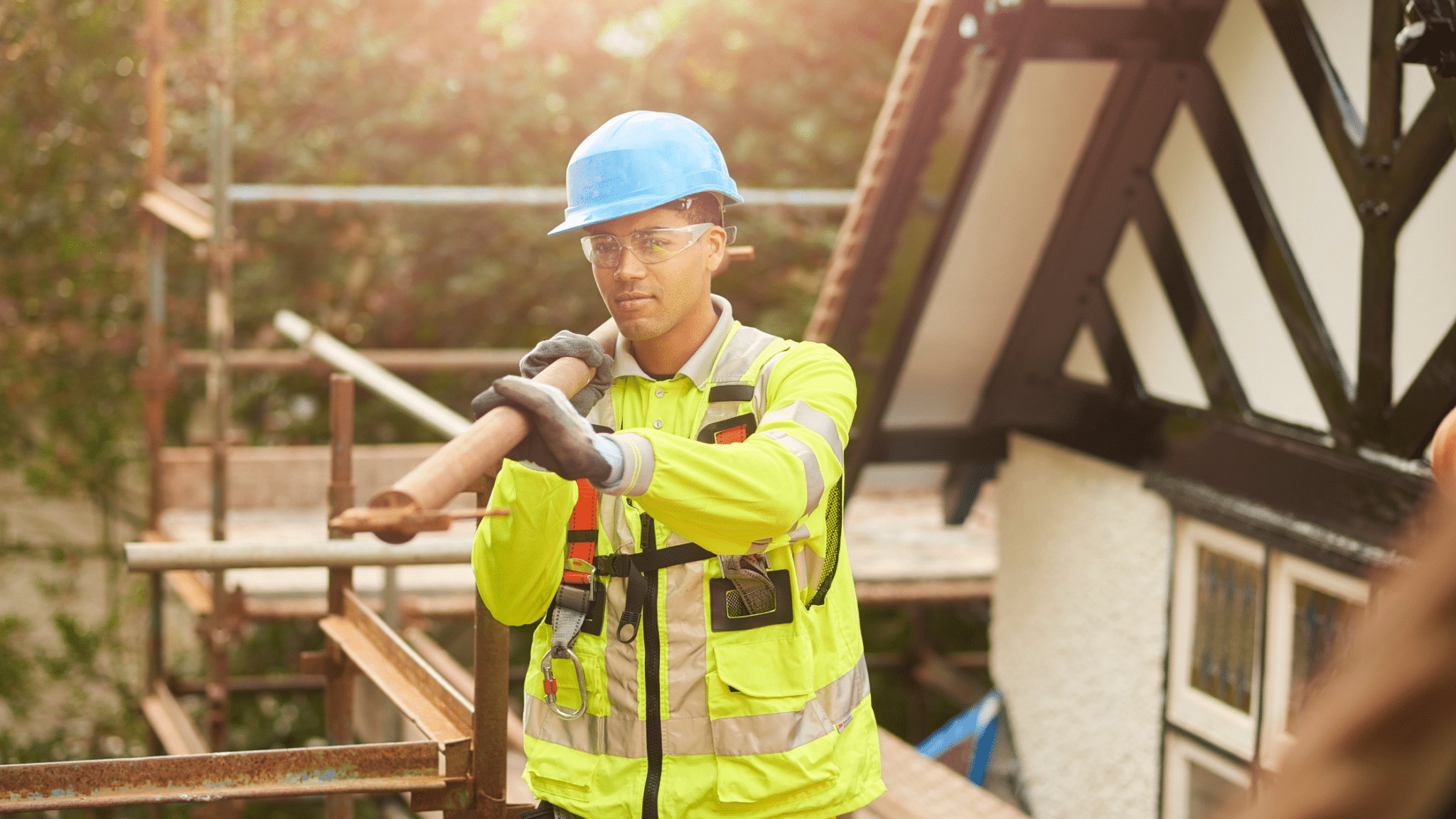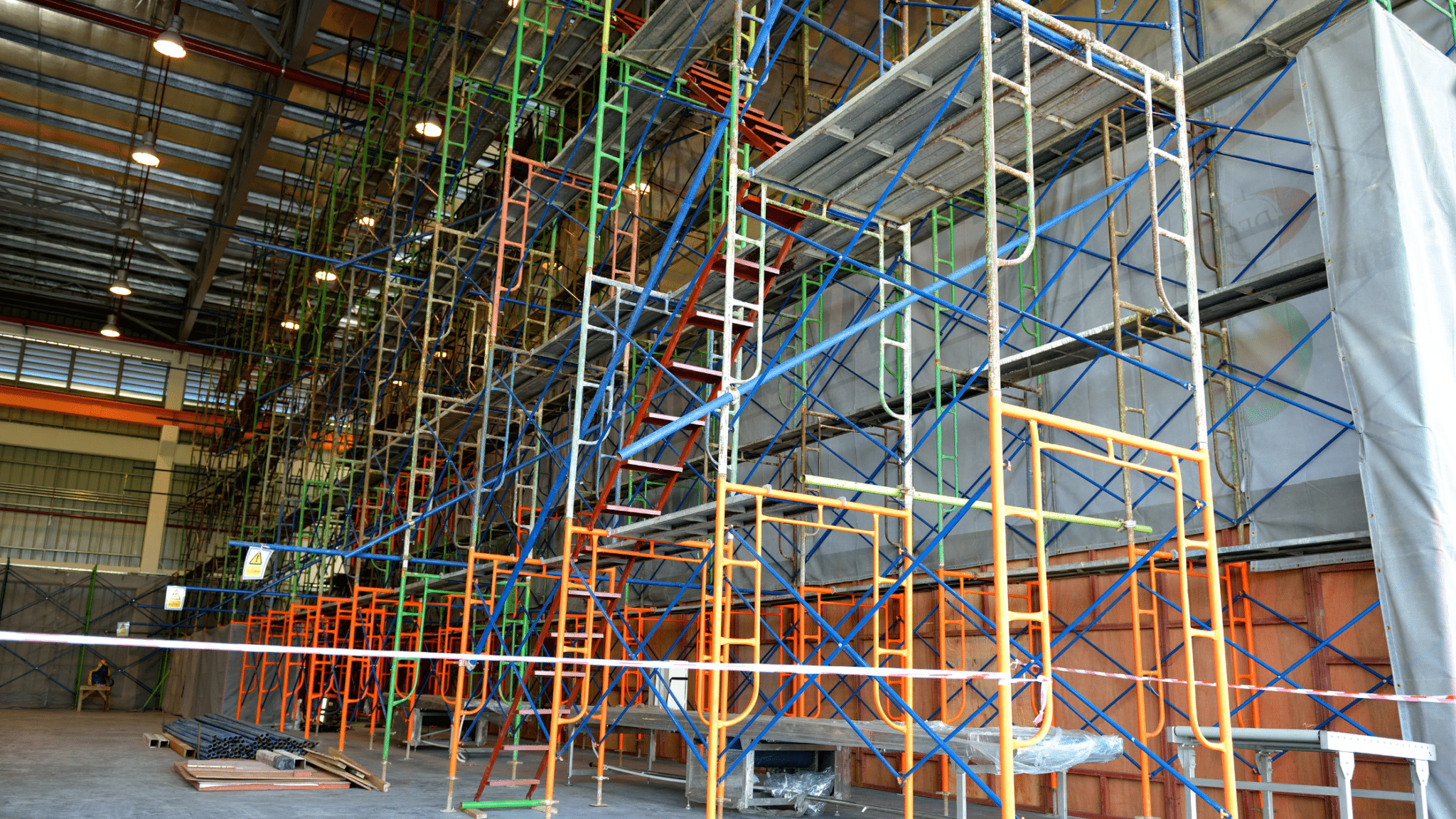Understanding a scaffolder's job responsibilities ensures you avoid scams and get your money's worth. Also,…
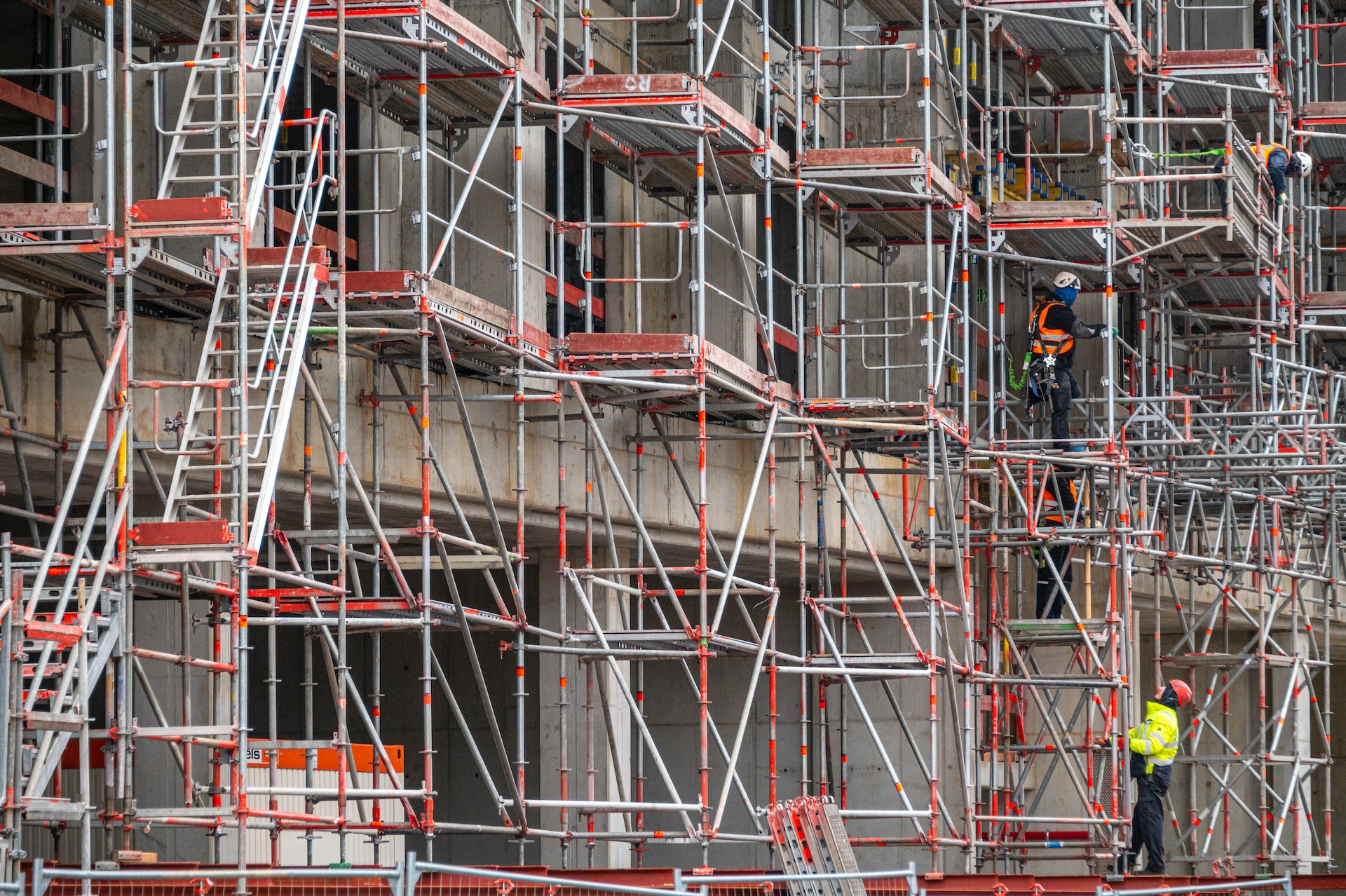
How Do You Move A Scaffold Tower?
When using scaffolding, you want to ensure that your team stays safe. This begins with proper erection, moving and dismantling of the structure. In this blog, we detail everything you need to be aware of when using scaffolding to minimise the risk of injury or damage to equipment.
So how do you move a scaffold tower? To safely move a scaffold tower you must reduce the height to 4m, check your surroundings for fall or tripping hazards and avoid extreme weather conditions such as strong wind where possible. If you notice any damage to the structure’s components, do not attempt to move it until these have been replaced.
Read on to find out more about measures that should be taken to stay safe while working with scaffolding.
What is the Safest Way to Move A Scaffold Tower?
When using scaffolding, you want to ensure that safety measures are in place to keep yourself and others as safe as possible. To minimise the risk of accidents such as falling, slipping and hazards related to heavy equipment, a supervisor should be placed in charge of erecting, moving and dismantling scaffolding. This person can watch over the workplace and ensure that everything is done properly and safely. Although this person is in charge, everyone in the vicinity of the scaffolding tower has a responsibility to ensure that they follow any instructions and don’t put themselves or others in danger. Below, we have detailed how to stay safe when erecting, moving or dismantling scaffolding.
Moving
When scaffolding needs to be moved, it should be reduced to a maximum height of 4m. There should be no people, materials or equipment left on the structure to minimise the risk of injury or damage. The tower should not be attempted to move during strong winds or other extreme weather conditions.
If there are any obstacles overhead such as cables or branches, avoid them where possible or reduce the height of the scaffolding further than the required 4m. Move the scaffolding tower from the base section only. The route you intend to take with the scaffolding should be clear of obstacles and holes in the road to reduce the risk of tripping or falling. If it is clear that it is not safe to move the scaffolding, it should instead be dismantled and re-erected in the new location.
Erecting
If you hire scaffolding to set up yourself, the company you hire from must provide an instruction manual explaining how to properly erect the scaffolding. This guide should include the appropriate height to which the scaffolding can be erected. The project supervisor must share this document with anyone involved in the erection process so everyone prioritises safety.
Before erecting the structure, check thoroughly for any damage to the individual components, or if any are missing. If this occurs, contact the company you hired from, you should never attempt to build a scaffolding tower in these conditions as it can result in serious injury or fatality. Check the weather ahead of erecting and using scaffolding and try to avoid extremes where possible, always prioritise the safety of yourself and your workers.
If the scaffolding impacts the public, for example projects that take place on or near a public footpath, you should schedule your work to take place during quieter times of the day when there will be less foot traffic. Temporary road closures can be requested from local authorities to reduce the risk of accidents.
Once the scaffolding is erected, it should be checked every 7 days while in use for any damage that has occurred. If any damage is noticed by any member of the team, you should inform the company immediately and postpone work until it has been replaced.
When a green tag is placed at the top of a scaffolding structure, this signifies that the scaffolding is safe and ready to use. Yellow tags are used when caution should be used around the scaffolding structure and red tags are used to signify that the structure is unsafe for use. Check our in depth blog for more information about the different types of tags used in scaffolding.
Dismantling
Scaffolding towers should be dismantled in the opposite way to which they are built, top to bottom, by qualified experts and under supervision from whoever is in charge. Before starting the dismantling process, check the stability of the tower, all individual parts should be firmly connected to each other. You should wear appropriate safety equipment such as a hard hat, gloves for grip and a harness if the structure has no safe platform to stand on. Check out our recent in-depth blog for more information on the appropriate PPE to wear while using scaffolding.
What Kind of Scaffolding is Easiest to Move?
For projects where you need to move scaffolding around a lot to work at height, you would benefit from a lightweight, convenient solution. Find out more about the different types of easy to move scaffolding:
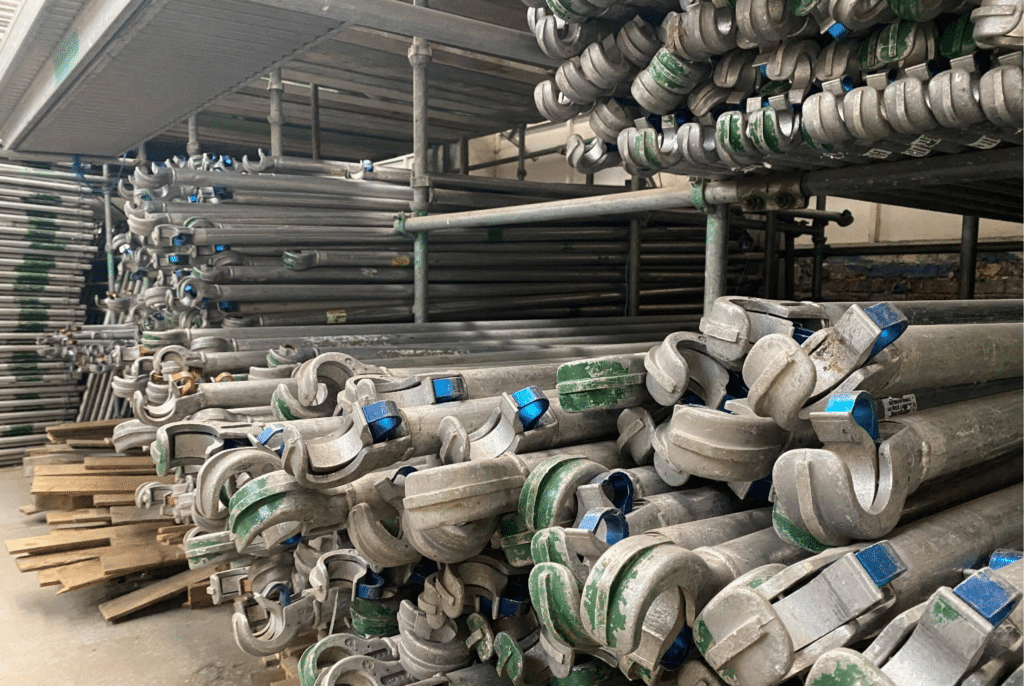
Aluminium
Aluminium scaffolding towers are perfect for short term projects where the scaffold will need to be either carried by hand or transported long distances as the low weight will save your business money on petrol. Even though it can be erected twice as quickly as steel scaffolding, it still provides excellent durability and is less susceptible to cracks.
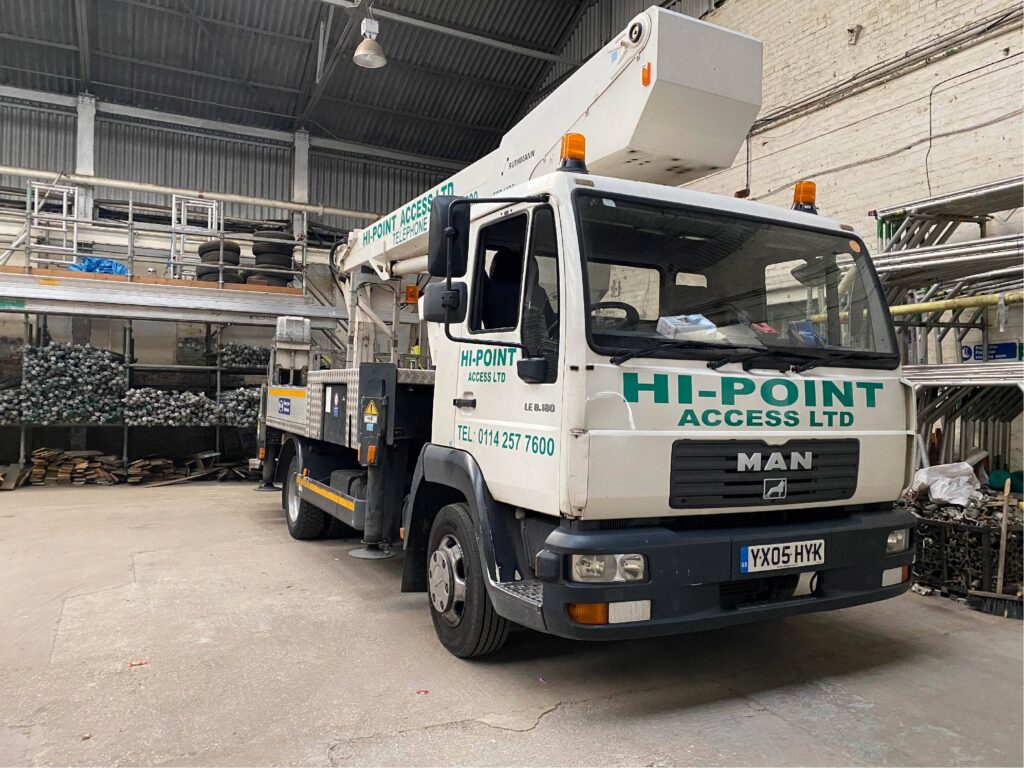
MEWP
Another option for a short term project or quick maintenance work is a MEWP which allows you to reach a greater range of areas on a building. As it can be manoeuvred very quickly while workers are standing in the basket, your team don’t have to waste time erecting and dismantling a whole structure should it need to be moved.
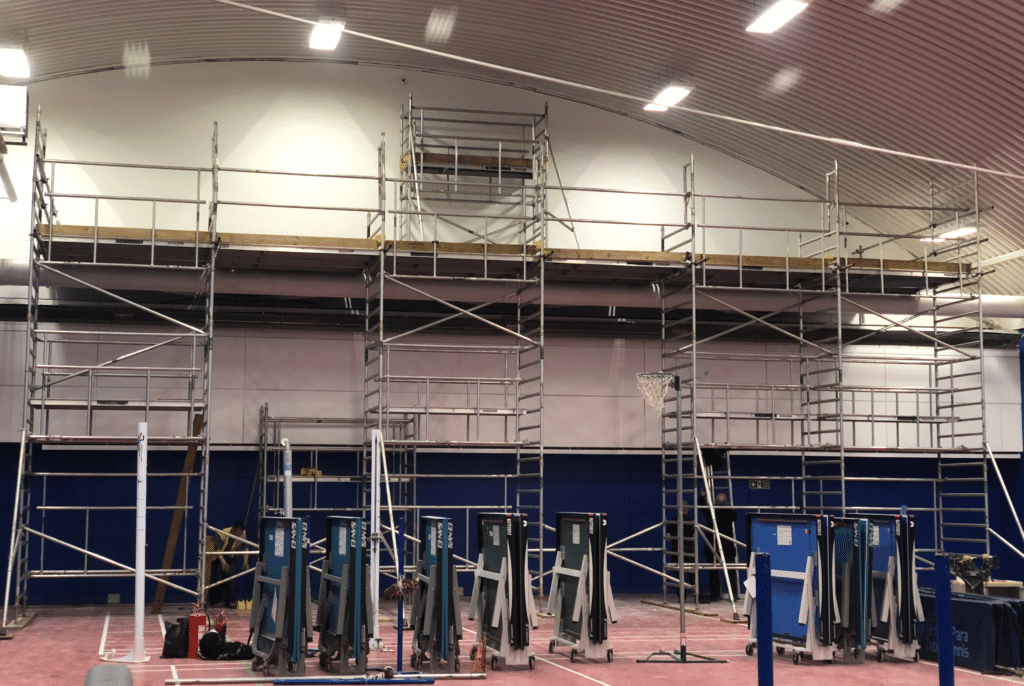
Indoor
For interior projects, indoor scaffolding is ideal for reaching high ceilings, windows or similar maintenance work in a safe manner. This tower provides a solid platform while your team performs long term or intricate work. It is made from high strength aluminium alloy, again providing a lightweight solution that is sturdy but easy to move.

Mobile
Mobile scaffolding is appropriate for both indoor and outdoor projects for painting, decorating, window cleaning, plastering or roof maintenance. This is especially useful when you only require the scaffold for one day or need to move it as you work on the building. Mobile scaffolding can include rollers for ease of manoeuvrability.
Hire Moveable Scaffolding from Hi-Point Access
At Hi-Point, we understand that no job is the same, which is why we never employ a one size fits all philosophy. We provide scaffolding that fits your requirements that can be erected and moved easily to suit fast paced jobs, while keeping your team safe. Get a quote from Hi-Point today to find the perfect access solution for your next project.

